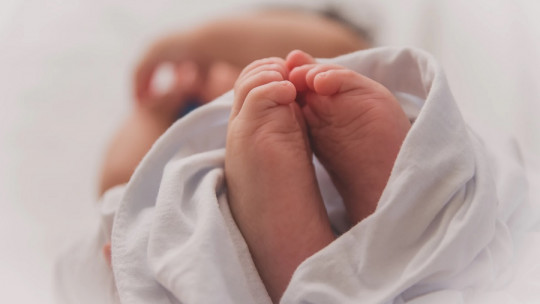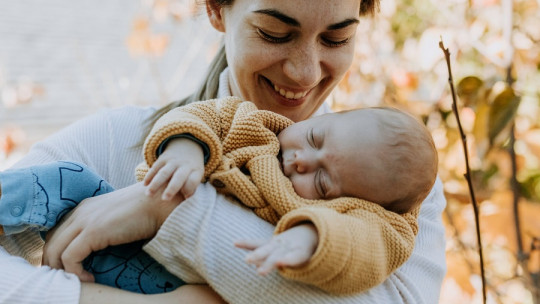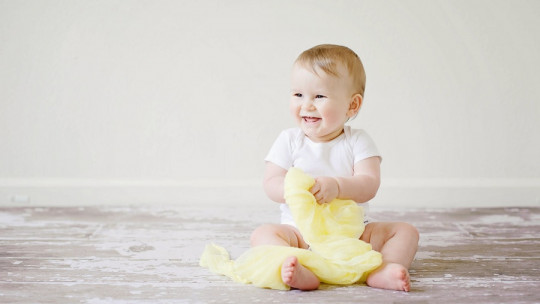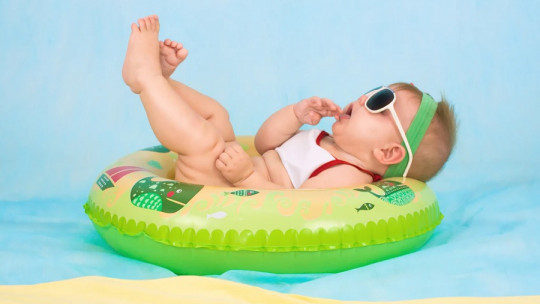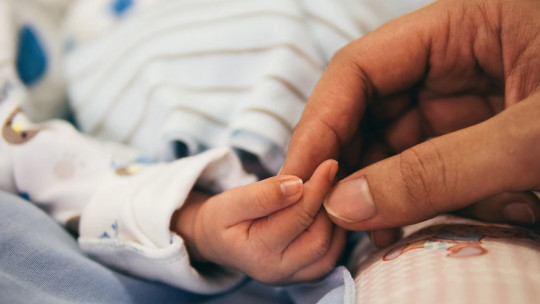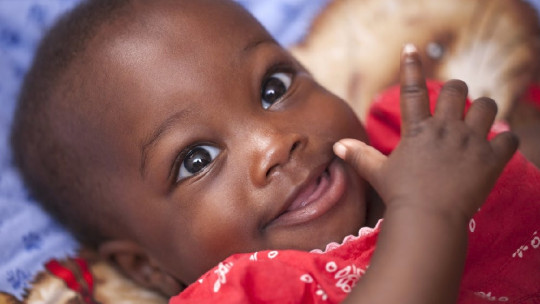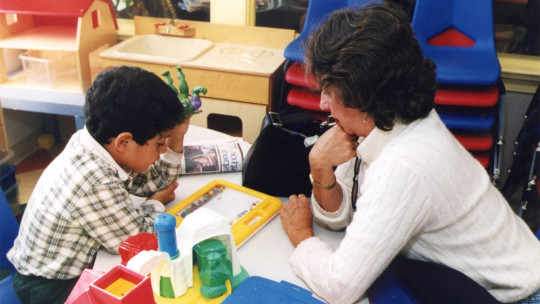
As we already know, the process of human development is something complex and heterogeneous, with the physical and mental evolution and maturation of each of us being different and occurring at different speeds. However, it has been observed that although there are individual differences, as a general rule there are different skills and abilities that tend to have been achieved around a certain age. This occurs practically from birth, and different evolutionary milestones can be found even as early as the first month.
Sometimes this can generate certain anxieties, especially for first-time parents, in order to analyze whether their baby’s development is normative or presents some type of alteration. And in this anxiety we often try to observe behaviors or aspects that actually correspond to much more advanced levels. That is why in this article we intend to make a brief mention of the evolutionary milestones that a baby usually has met at the end of the first month of life
What should a one-month-old baby be able to do?
Human beings, like other animals, are wonderful. From the first moment he is born, we are faced with a being with enormous potential who will end up going far and mastering tremendously complex and demanding skills, despite ignoring the large number of processes they entail. But for this it will be necessary a deep and prolonged process of maturation and development in which little by little you will learn and acquire skills.
Thus, many fathers and mothers ask themselves: “What should my baby do in his first month of life? In the case at hand, we are talking about a practically newborn child. And already in this period parents, family members and professionals As we deal with them, we will be able to see how they will begin to perform different behaviors and actions.
So that, What can be expected in this time of development after birth? Let’s see it in different sections.
1. Movement
Babies’ muscles are still very underdeveloped, and their ability to move is very limited. During the first month of life, movement is usually minimal, limited to head movements (of course, it will need to be supported against something) with which it can even follow sounds and may lift it briefly. You can move your hands towards your face and usually keeps them tight.
It is also common for him to make jerky movements with his arms and legs, and it is a stage in which many biologically programmed reflexes can be observed. Eye control is not yet complete.
2. Reflections
Although in reality they would be part of the ability to move, reflexes are a very particular element given that they are movements that are performed instinctively and innately Most of them will be lost over time.
In a one-month-old baby, we can find reflexes such as blinking at light or contraction of the biceps or knee (also called patellar) in the presence of tapping on the biceps or patella. We can also see the flight reflex, in which the leg flexes somewhat in response to a painful sensation. One of the best known is the grasping reflex, which causes the baby to grasp it tightly when something is touched in the palm of the hand.
The Babinski reflex also occurs in which the toes are stretched and turned inward due to the pressure of the external edge of the foot, or the Moro in which, when faced with loud noises, the legs and hands are extended and then the arms are drawn in, forming a small barrier as if to protect the body.
3. Auditory perception
The sense of hearing exists in humans since before birth, and hearing is correct from birth. But this does not imply that he is capable of recognizing them. It will be towards the end of the first month of life when we will see how our baby begins to recognize sounds such as our voice
4. Visual perception
Vision is a sense that, unlike hearing, takes a little longer to develop. Throughout the first month of life, it is expected that the baby will be able to focus his or her eyes on elements that are up to a maximum of around 25 cm away. They also seem to be able to recognize the contrast between black and white. It is common for the gaze to focus more on the outer contour of the objects unless they show movement.
5. The sense of taste
Taste is, like hearing, a sense of early development. The sweet, the salty, acid and bitter are recognizable a few hours after birth In the first months and during infancy, there is a preference for sweets (in the case of a one-month-old child, milk).
6. Emotionality
It is evident that a baby experiences different emotions. However, it must be taken into account that many of the emotions that we consider basic as adults contain cognitive and learned aspects that a one-month-old child still lacks.
It is considered that the emotions that are first manifested and that are already found in this vital stage are surprise, pleasure, discomfort or pain and interest Other emotions such as joy or sadness do not usually appear clearly until months later.
7. Sleep
It is well known that babies they spend most of their time sleeping or eating In fact, they can generally spend up to twenty hours a day sleeping, of which they come out in cycles of around four hours to feed.
The high number of hours that a baby can sleep is not something that should worry us (unless the baby does not show any type of activity or does not eat or cry), but rather it is something normal and healthy. Deep sleep stands out especially, which occupies most of childhood sleep and is linked to brain development.
8. Communication
A baby’s basic form of communication, as most already know, is crying. However, it can also be perceived as some of the children of this age begin to be able to use the a and the o although we are not yet facing a babbling.
9. Socialization
The socialization capacity of a one-month-old baby is minimal, and in fact it could not be considered as such because its actions do not respond to an attempt to communicate with its peers and there is not even self-other differentiation yet. However, it can be seen that children of this age They have a preference for viewing human faces, being what most frequently captures their attention. Very precocious children can begin to use the social smile, although it is something more typical of the second month of life.

